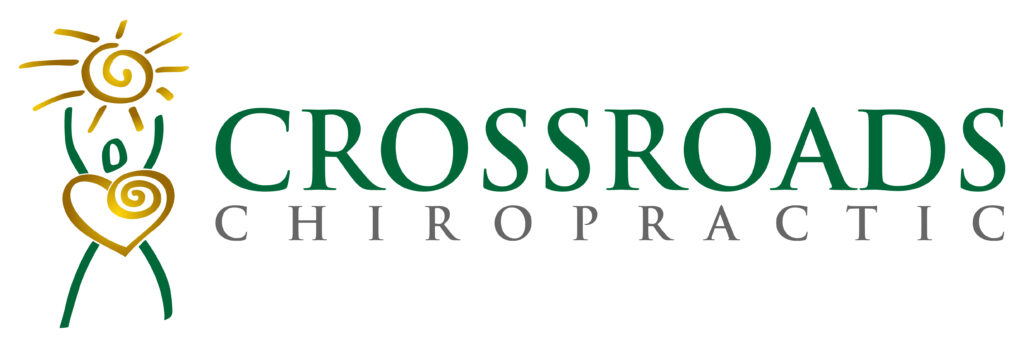There are few things in life that are as frustrating as being in pain. It is a serious problem in our country. It is a problem for us physically and economically. In April 2021 Brigham and Women’s Hospital analyzed NHIS data and found that 20% of American adults experienced some form of chronic pain. This chronic pain caused an estimated loss of $300 billion annually. $300 BILLION. And moreover, it can ruin a person’s individual quality of life.
Not all pain is chronic, obviously. Yet pain, whether minor or severe, can ruin your day, make you feel depressed, and keep you from activities you love. At our offices, we don’t consider chiropractic care to be about pain or any condition for that matter. We adjust (gently move the bones of the spine) with the hope of helping the individual obtain better spinal alignment so that they will function better. It is connected back to a very simple idea: structure dictates function. Our goal is to help the structure of the body to be as correct as possible, and then let the body heal itself. People tend to have less pain and see a whole host of other positive changes, when this happens.
Even though chiropractic is not primarily about pain, it’s for pain concerns that most people seek out chiropractors initially and this is understandable. Back pain can be horrible and it is very common. Of course, not all pain or chronic pain is back pain but WebMD puts it this way, “back pain affects 80% of Americans at some time in their lives”. Whether it’s due to overuse, trauma, or an unknown cause, it’s clear this is something we need to collectively, try to change.
When pain does affect us, it’s reach is often broader than physical discomfort. It can be difficult to work and it can be expensive to attempt to find a fix, as well. In the July 1999 issue of the American Journal of Public Health it is stated that individuals with work-related low back pain missed 101.8 million work days. In a time where most folks can barely afford to miss a single day of work, you can see the issue. Back pain is damaging physically, but also to your bottom line. It seems the cost of everything is on the rise right now. Most people pay attention to their budgets these days and every cost has to be considered. As far as back pain goes there are many ways to attack it in a cost effective manner: stay active, maintain a healthy weight, or quit smoking (multiple connections demonstrating increased back issues in smokers). These methods can be very helpful, but sometimes problems can go beyond what self care can manage.
One of the most effective ways, in these cases, can be chiropractic care. Chiropractic care is effective, in most cases, physically and financially. There is a very interesting study which was published in the Journal of Manipulative and Physiological Therapeutics in 2010. This article takes a look at 85,000 Blue Cross Blue Shield (BCBS) of Tennessee beneficiaries over a two year span. These individuals were allowed to initiate care for back pain with a medical doctor (MD) or a doctor of chiropractic (DC) by self-referral and with equal co-pays and no visit limitations. The results were pretty amazing. Financially, the researchers concluded that allowing for DC-initiated care would lead to BCBS saving $2.3 billion dollars annually. Overall the researchers determined that initiating care with a DC would be 40% less expensive and even after risk adjustment, it would still be 20% less expensive to initiate care with a DC.
Obviously, results will vary, but if you have back concerns, then physically and financially chiropractic may be a good option for you. You, of course, can find a chiropractor local to you and ask questions and get more information. However, in a time where we all want to feel good and can’t afford to waste a day at work or a buck out of our pockets, chiropractic could be a welcome addition to have as part of your healthcare team. The bottom line is that no pain or symptom should be ignored. Further, no pain or symptom should simply be accepted as normal. Get a check up when necessary! Create the life you want to live and as much as possible, be proactive (not reactive) in your health.
